On November 30 we left our centrally located hotel in Kuala Lumpur to reach Malacca by monorail, train and bus. The famous historic city of Malacca has a very interesting history loaded with seafearers and pirates alike. The city center has been named a UNESCO world heritage site for a reason, because the traces of the different peoples who controlled the city are very well visible.
Without a hitch we managed the ride from Kuala Lumpur to the provincial capital of Malacca. Even though we had to change our mode of transport a few times and spent quite some time in a traffic jam on the freeway, we reached the Malacca city center. After a short while identifying which direction we were dropped off by the city bus and where we needed to go. So we quickly reached Chinatown where most of the budget accomodation is now located. Unfortuntely it was Saturday and many visitors from around Malaysia and Singapore also visited Malacca, such that many guesthouses were fully booked. Eventually we found a nice double room for a reasonable price.
Since it was already late afternoon and we hadn’t eaten since breakfast we asked the staff of the guesthouse for a recommendation for a delicious Nyonya restaurant. The Babas (men) and Nyonyas (women) are successors of Chinese men who immigrated to Malaysia several decades ago and married local Malay women in order to legalize their stay in Malaysia. Out of the mix of Chinese and Malay cuisines resulted a new kind of cuisine, the so-called Peranakan or Nyonya cuisine. When we inquired all the people present immediately pointed to the same restaurant which was near our guesthouse. Fortunately we headed there right away, such that we got one of the very last available tables. When we left the retaurant stuffed with delicious food, the people were queuing in front of the restaurant.
In order to aid digestion we walked around Chinatown and the Dutch quarter before we enjoyed a Malay desert made of shaved ice called Cendol. Since Alor Setar the shaved ice with sweet ingredients stood on top of my wishlist for deserts, however for some reason we never managed to eat one. Finally we got to try another immensely sweet Malay dish to support digestion.
The next day we explored the historic center of Malacca. Following a breakfast in Chinatown we crossed through the same to reach the Dutch quarter and St. Paul’s hill. Rather unusual for us, the statue of St. Paul was coverd in flowers and was just receiving more of them when we got there. We enjoyed the view from the top of the hill and eventually descended on the far side.
Another particularity of Malacca which one encounters everywhere near tourist attractions or the many trishaws. In order to attract potential customers in the fiercly competitive market, the trishaws are richly decorated in Asian style and sport a powerful amplifier which is fed by music from the mobile phone of the driver.
We decided to go on a longer walk for a change by following the Malacca river upstream as far as the pedestrian path led us. The colonial remains which are beautifully colored and maintained gave a very unique feel to the city. At the end of the pedestrian path we took a short rest and refeshed ourselves with an extremely sweet, fresh lime juice. It seems to be a custom in Malaysia to add 4 tea spoons of sugar to any drink (except for beer). Fortunately one can order all these drinks with less sugar.
On the way back to the historic quarter we randomly walked through a part of town with well kept wooden houses and across Bukit Cina, the huge Chinese cemetery on the hill. The cemetery stretches across a whole hill.
Lee, a British staff member of our guesthouse, at which we stayed, organizes a so-called Dinner Club every night. Every night he proposes a couple alternatives where he would take his guests for dinner at typical restaurant off the beaten track. For Sunday night he had planned to visit the local Sikh temple which is why we joined the group. The Sikhs are a religious group originally from northern India, which offers three free meals a day to anybody who would like to eat. The Langar or public kitchen is one of the ways to appreciate humanity. In our case we first listened to the singing and recital in the temple where we also made a small donation to the temple before we headed to dinner. After the meal we had the chance to mingle with the Sikhs present to learn more about their habits and just to chat in general.
During our second day in Malacca we first walked out to Pulau Malacca, the little man-made island off the shore. We were hoping to find something interesting there. The one thing we found besides construction sites and seemingly unoccupied buildings was a mosque built on stilts. Back in the city we had planned to visit two museums, the Malacca Islam Museum and the Baba-Nyonya Museum. While the first unfortunately is closed on Mondays, the second one just had their lunch break when we showed up. So we did likewise and enjoyed lunch after which Lenka opted to visit the museum while I finished my previous blog post and rested a bit, since I hadn’t slept well the previous night. It turned out that I was kept awake by the old fridge in the hostel which mysteriously started making noise in the middle of the night.
For dinner we had chose to try another Malaccan specialty, the Portuguese food in the Portugues settlement. While apparently there was not much to see the food was referred to as delicious. Of course we couldn’t let that opportunity pass and found the stretch of quite touristy restaurants where the owners where literally fighting over every potential customer. The baked fish Portuguese-style was very different from other Malay dishes and tasted very good. Another interesting fact about the Portuguese settlement are the houses. Since the Portuguese population is mostly Christian, their houses have small crosses hanging above their windows and doors. Additionally, since it was the first day after the first advent, many of the houses were richly decorated for Christmas. A strange sight for us who always relate Christmas to snow…
Already in the dark we made our way back to our guesthouse where we had to pack our packs once more since we continued our journey to the south the next morning. Before boarding a bus however we visited the Islam Museum which taught us some more about the fundamentals of Islam and the development of Islam in Malaysia. Once we had breakfast we started looking for the best connection to Muar. It turned out that there was no bus running through the city center and that we had to catch the bus at Malacca Sentral, the central bus station outside the center. Fortunately what looked like a city bus proved to be quite quick and not too much later we were dropped of at the central bus station in Muar which is much more centrally located than the one in Malacca.
People in Malacca didn’t really understand why we would want to visit Muar. They indicated that there wasn’t much to see and do. Despite these discouraging comments we really liked our short stay in Muar, since the little town with its colorful colonial architecture is again very charming and much more original in a sense than Malacca which has grown quite touristy. Since some of the roads have their unique color, i.e. all houses are colored similarly in either yellow, blue or pink, it is quite easy to navigate the center of Muar.
Since Western visitors seem to be rare in Muar, people tended to be surprised to see us and every now and then an interestingt discussion with a local ensued. It also proved valuable to know a few words in Mandarin as there is a considerable amount of people of Chinese descent in town who are not proficient in English. We enjoyed a few more local dishes before we headed on to Johor Bahru, our last stop before reaching Singapore.
Near the train station in Johor Bahru we found Jalan Meldrum, a street with cheap and not so cheap accomodation. Eventually we found something matching our budget and our standards and checked in for three nights. The remainder of the day we explored the center of the city and discovered a few sights worth seeing, even though the city it self is not very charming. For the next couple of days, we had planned some excursion though…
Our first excursion was meant to be to Legoland near Johor Bahru. We had checked on the bus connections the night before and we knew exactly when and where the bus for the Legoland was leaving. While it was pouring in Johor Bahru we stood in the dry bus terminal near the train station and waited for the bus to Legoland. Once we reached the Leogland it was still pouring, so inquired at the ticket counter whether it made any sense to visit Legoland while it is raining. The lady honestly replied that she would recommend not to visit Legoland in this rainy weather, but rather wait to see whether it would get any better. We thus opted to have a cup of coffee first to see if the rain would stop anytime soon. Since it didn’t we chose our plan B, which was to spend our money elsewhere. A great option to spend money turned out to be the Johor Premium Outlet (JPO). Since we had to renew some of our wardrobe anyway we boarded the next bus from Legoland to the JPO where we made some very good deals, due to the nature of the place and the up to 70% year-end discount.
The last excursion on this trip in Malaysia led us to the small fishing village of Kukup in the far south-west of the Malaysian peninsula. After another Indian breakfast near our hotel we reached Kukup changing buses twice, once in Larkin Sentral, the main bus station of JB, and once in Pontian on the west coast. After roughly 2 hours of riding buses we reached Kukup and first tried to determine where to go to discover the fishing village on stilts. We eventually found the pier from where ferries are leaving for Indonesia. We chose not to visit Indonesia on that day, but rather opted to go on a short boat tour around the harbour and the fish farms of Kukup. The tourist boat brought us along the coast to a small hostel where we picked up a family of visitors before continuing to one of the many fish farms. At the fish farms we followed the tour held in Chinese to learn more about the types of fish and their capabilities. We had expected the boat tour to also take us to the other side of Kukup, but instead we immediately returned to the pier where already a large group of visitors was waiting to enjoy the same tour.
Thus we continued our exploration on foot to see more of the inside of the village. We walked up and down the main footbridge before we headed to one of the many restaurants for some fresh fish. The fish was excellent while the dried baby squid did have the typical fishy smell of dried seafood, not quite our preferred taste but still OK.
Quite confident that a bus to Pontian would show up pretty soon we sat down at the bus station in the shade. After about 45 minutes of waiting a taxi driver asked us whether we needed a ride to Pontian. He offered the ride for 5 ringgit, not even twice the price of a bus ticket, so we accepted his offer and were off to Pontian. The ride in the old beat-up cab went without a hitch and a little later the driver pulled up at the bus station in Pontian, where we boarded the bus to Johor Bahru which left another 15 minutes later.
We tried to find a few more good deals in the malls of Johor Bahre, but unfortunately couldn’t find anything we were looking for. For the last time we sat down in the street parallel to Jalan Meldrum for a delicious fresh meal, before retiring to our hotel to prepare for the last short stretch of our trip.

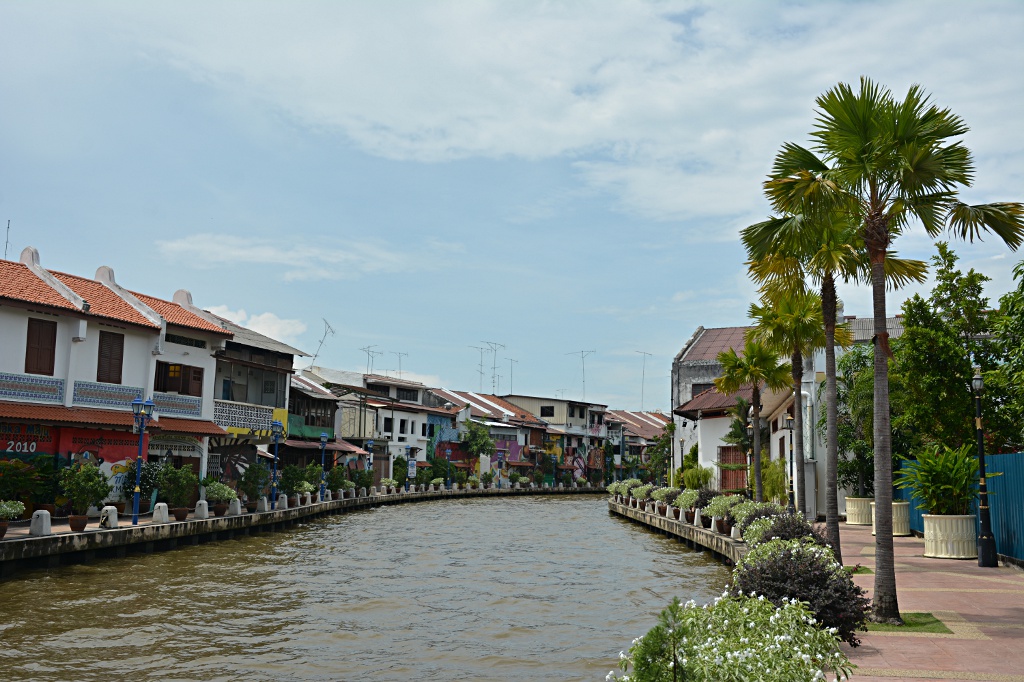

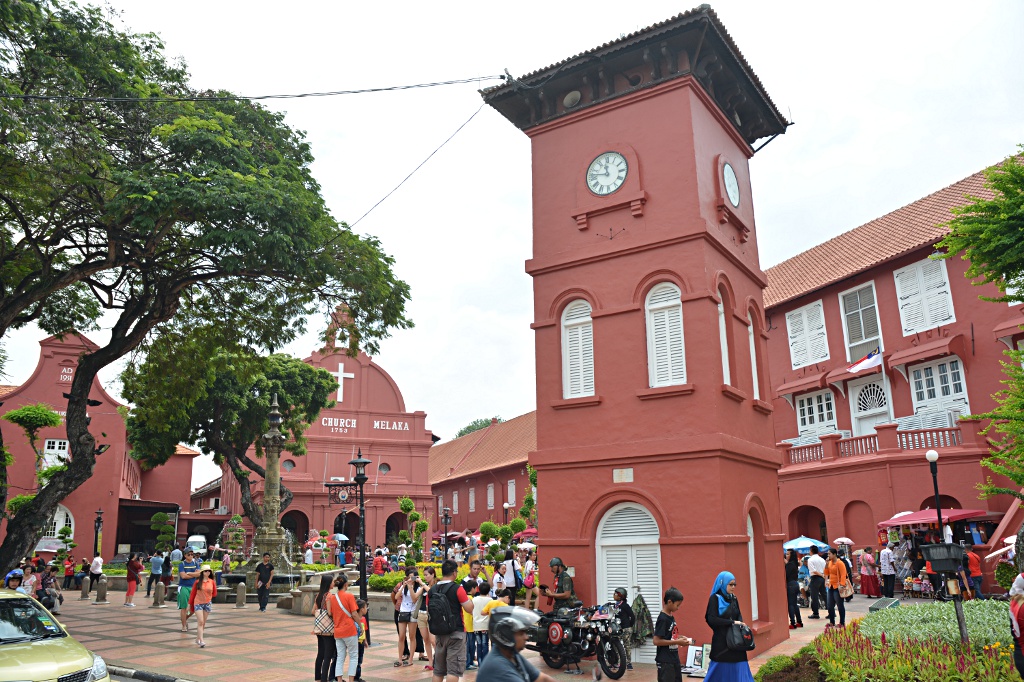
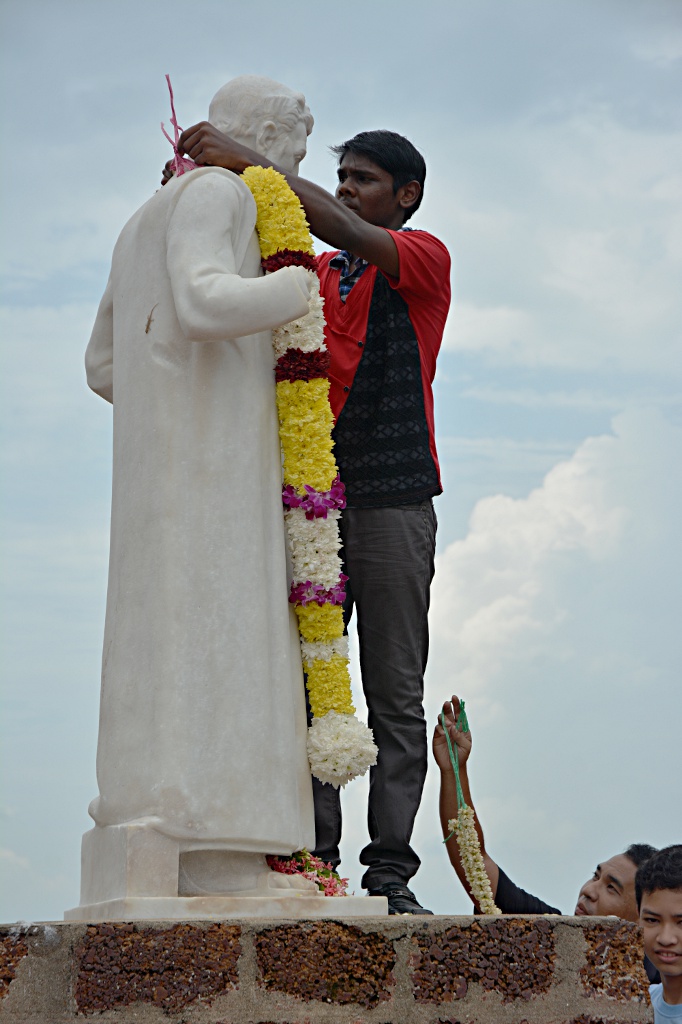
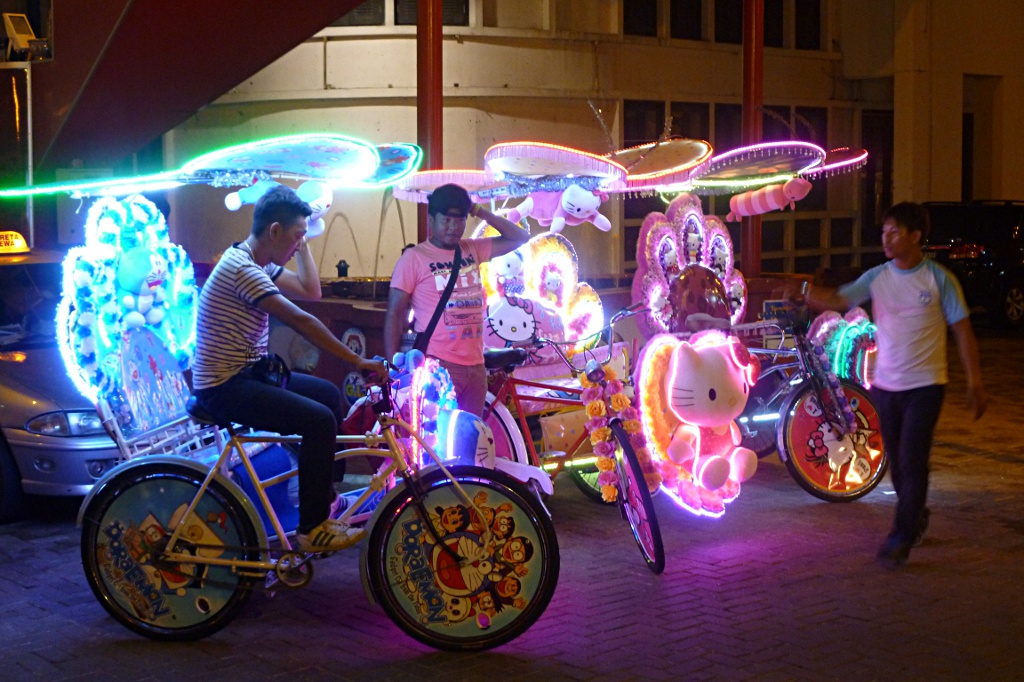
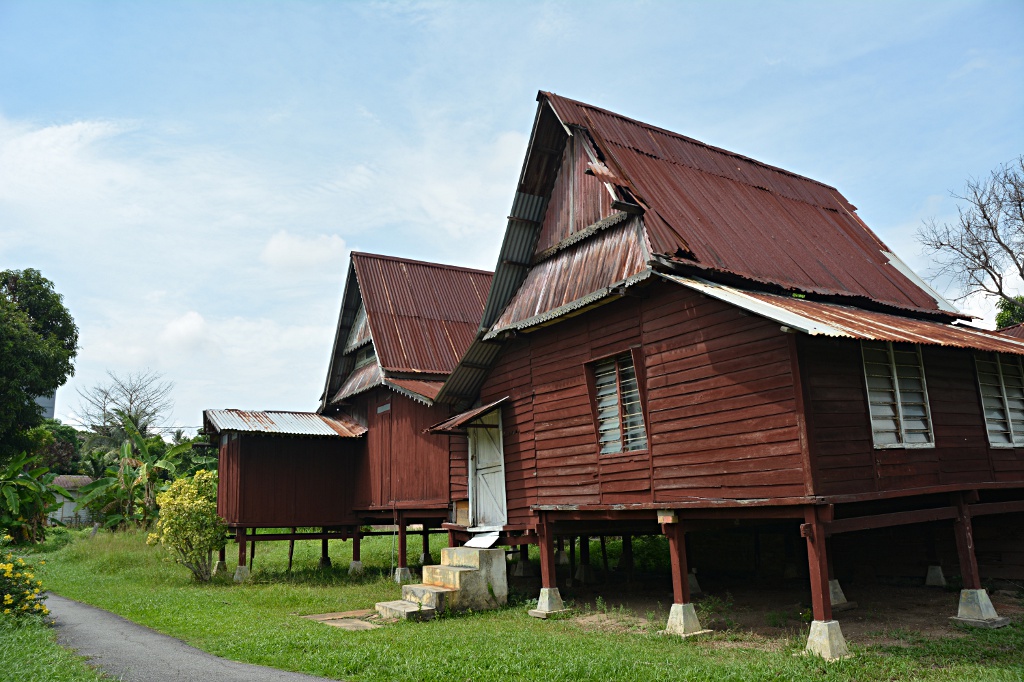
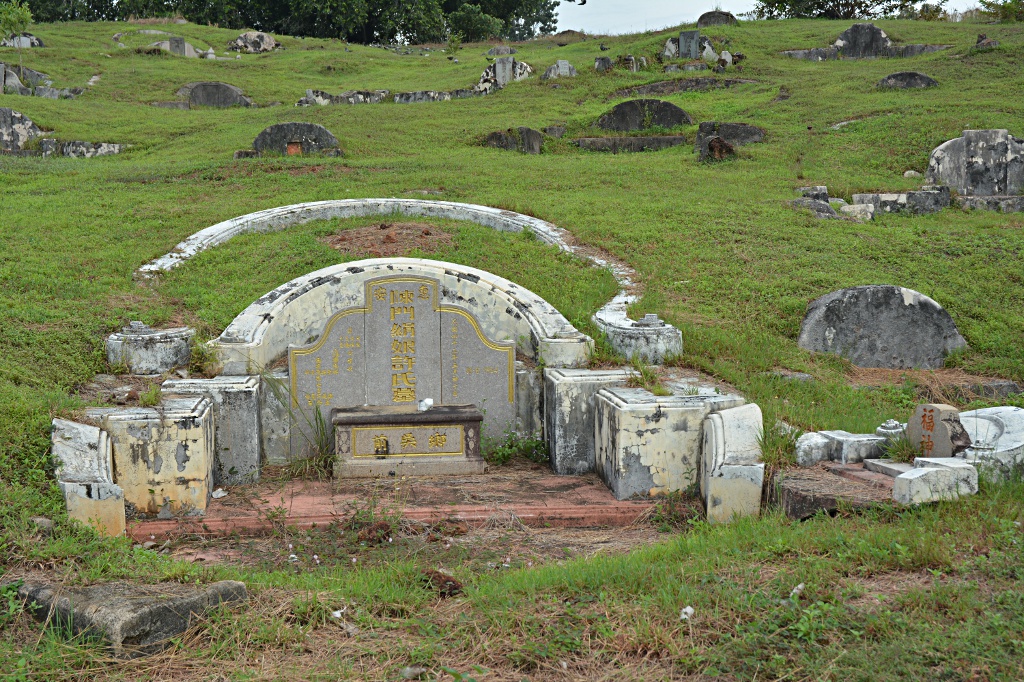

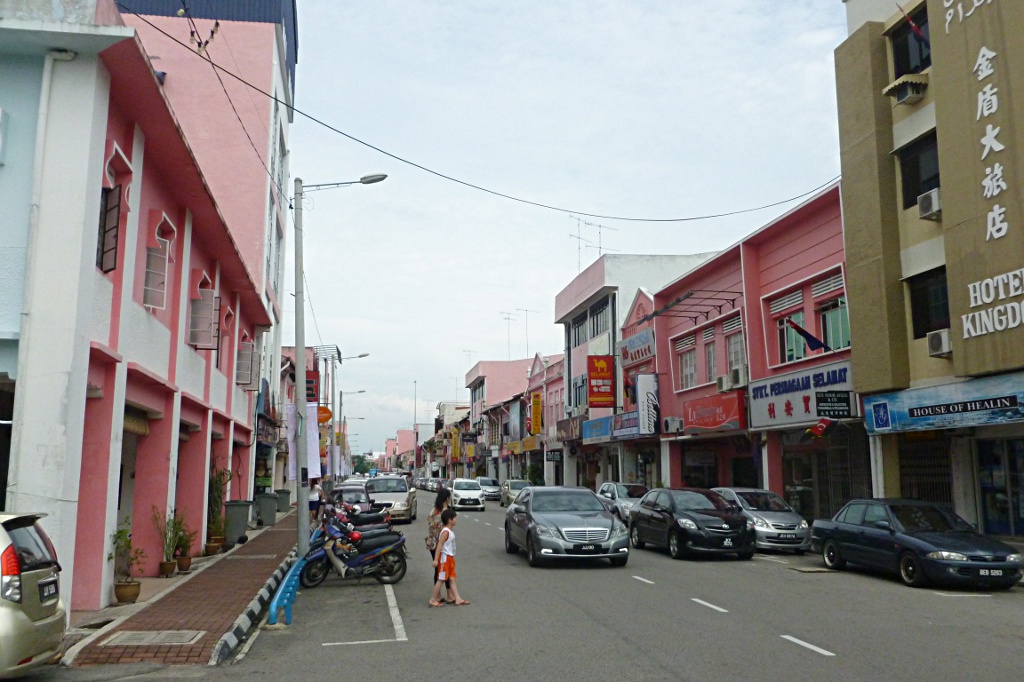
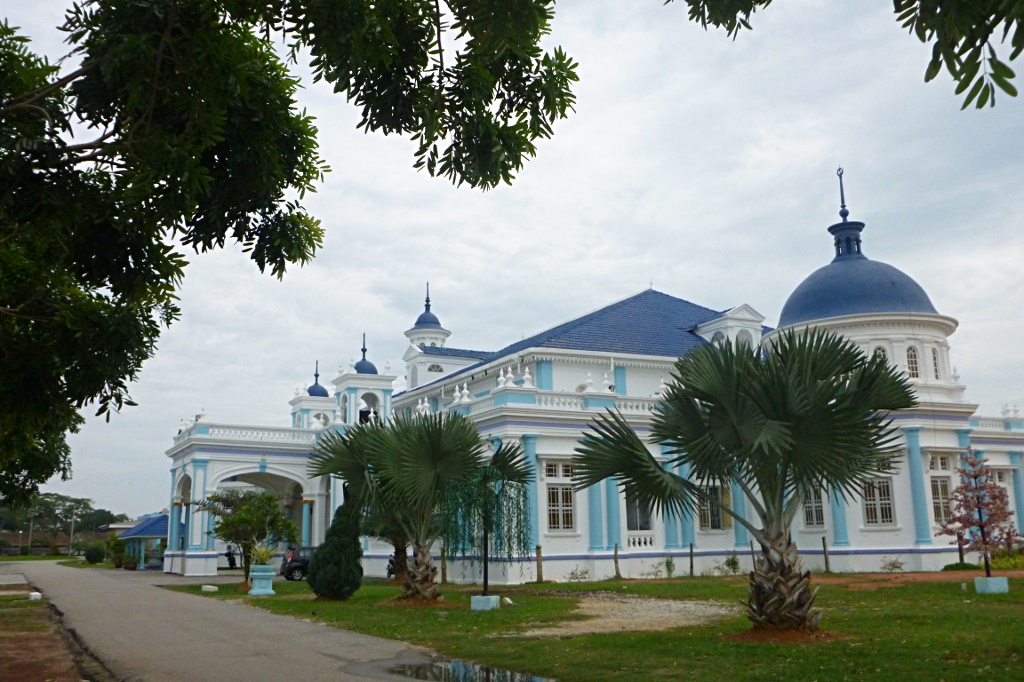
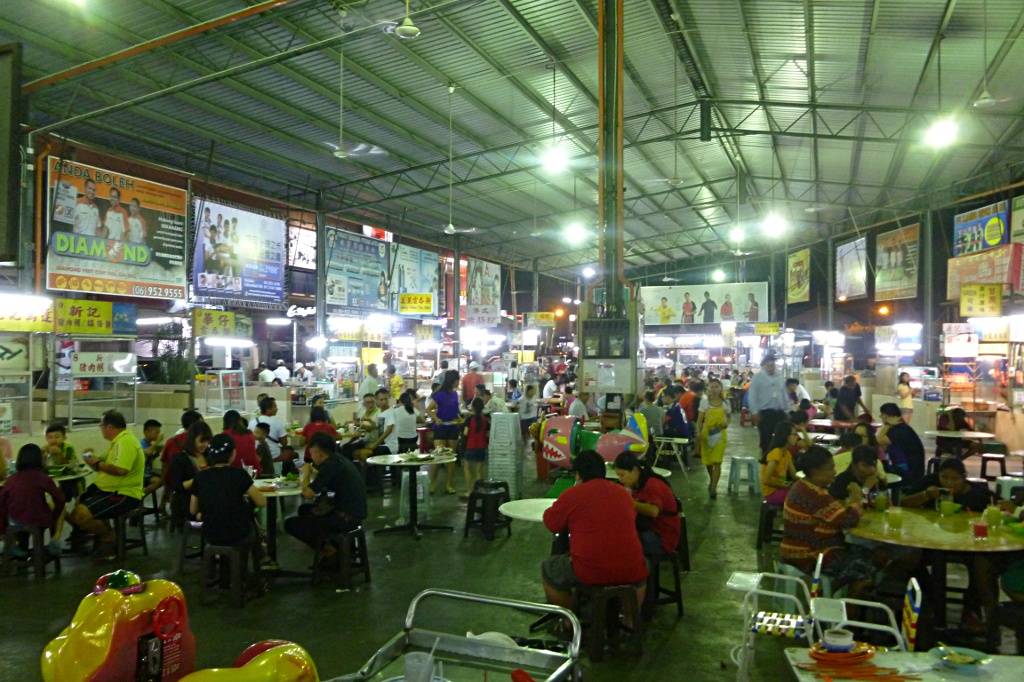
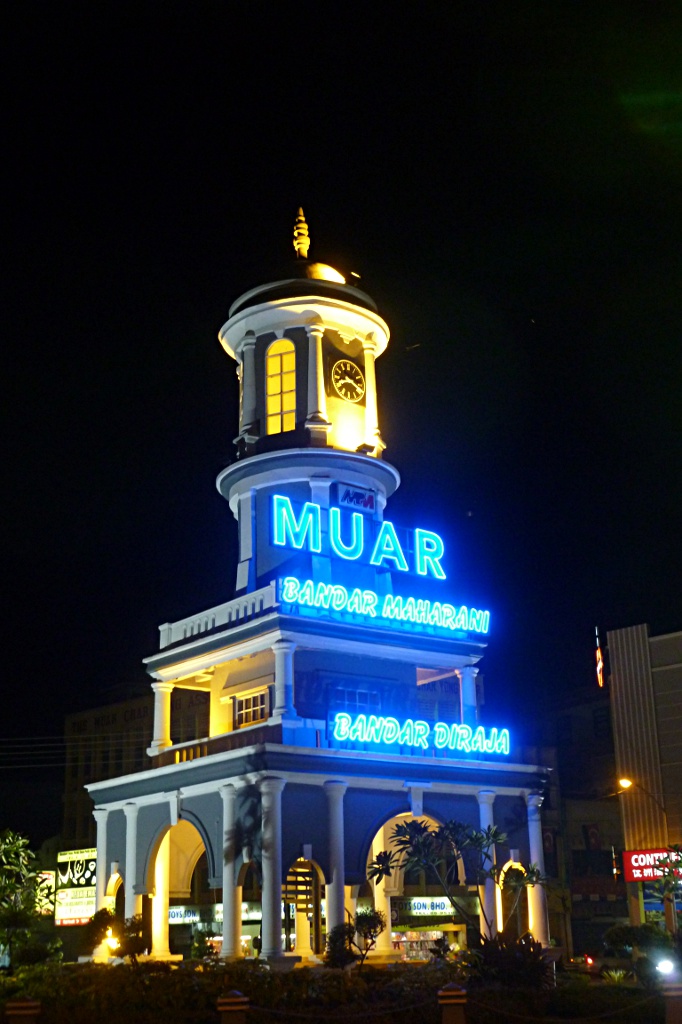
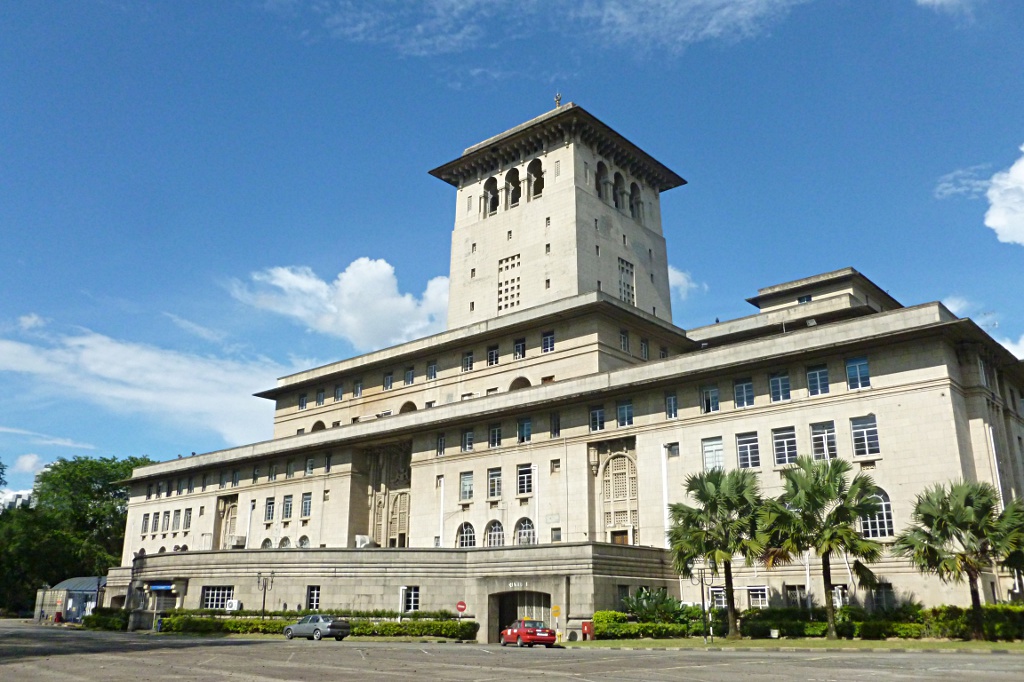
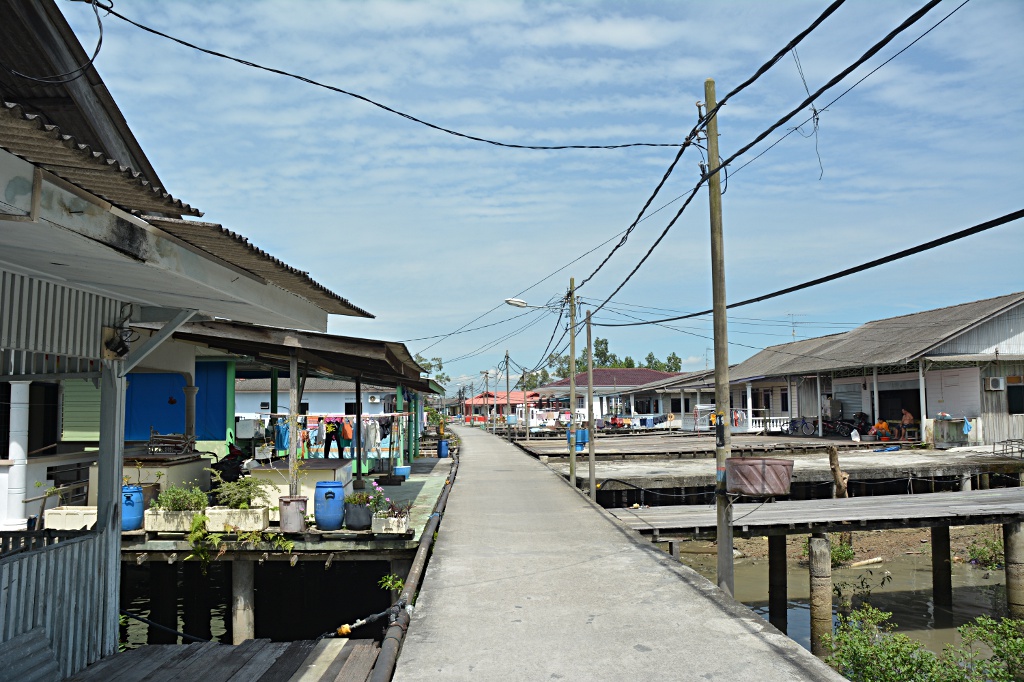
Echt wunderschöne Häuser und Landschaften! Ich war zwar schon mal in China, dort gibt es zwar sehr viele moderne Hochhäuser aber schön ist es alles nicht. Ich mag liebe die kleinen Häuser in einem sauberem Umfeld mit wenig Luftverschmutzung.
Die saubere Luft ist leider heutzutage viel zu selten anzutreffen in China. Eine Reise lohnt sich speziell im September/Oktober (wobei in der ersten Oktoberwoche auf Grund der Nationalfeiertagswoche (Golden Week) sehr viel los ist). Die Gegend zwischen Guiyang und Guilin bietet sich speziell an, um kleine Dörfchen und wunderschöne Landschaften zu sehen, inklusive der Reisterrassen von Longji (Longjititian).